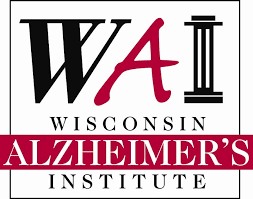2017 Runner Up: Early Detection and Treatment of Alzheimer’s Disease
Submitted by: Professor David L. Weimer and Dr. Mark Sager
The prevalence of Alzheimer’s disease will nearly triple in the U.S. by 2050. This increase will mean higher long-term care costs. Plausible estimates of annual costs to the U.S. economy attributable to AD already surpass 200 billion dollars. AD patients impose costs on Medicare about 60 percent higher than non-AD patients, and at the state level, long-term care costs account for 34.6% of Medicaid spending.
Promoting early diagnosis so that treatment and counseling can be started early in the course of AD to slow its progression and enable caregivers to cope better with the burdens of the disease would delay entry into expensive nursing homes. We propose states create incentives for early detection by reimbursing primary care physicians and county health departments for the costs of administering tests.
The following is based on data from the Wisconsin Alzheimer’s Institute: for a married 70 year-old woman at an early stage of AD, detection and treatment with available drugs would yield expected net social benefits of $69,000, fiscal savings to Wisconsin of $4,000, and fiscal savings to the federal government, which pays a larger share of Medicaid nursing home costs than the state, of $6,000. This is model and its savings are replicable in Massachusetts and beyond.
Watch this clip for more:
Compendium – Better Government Competition 2017 by Pioneer Institute on Scribd




Leave a Reply
Want to join the discussion?Feel free to contribute!